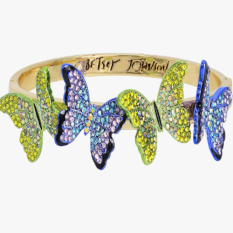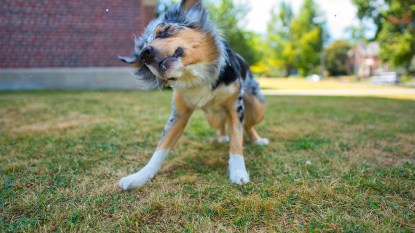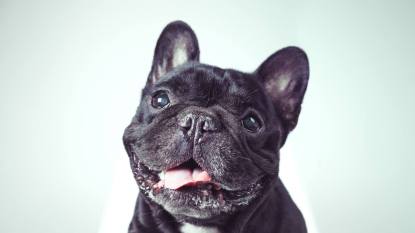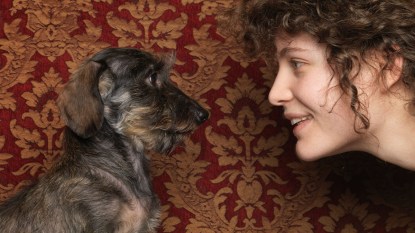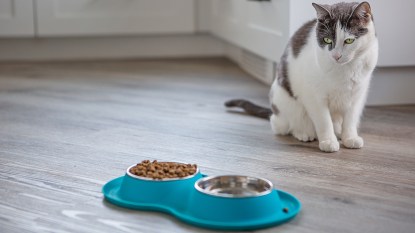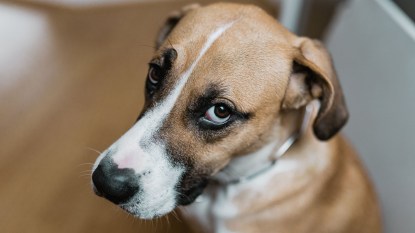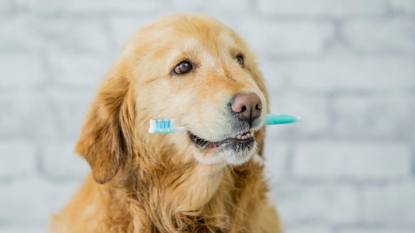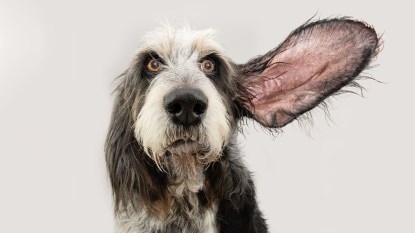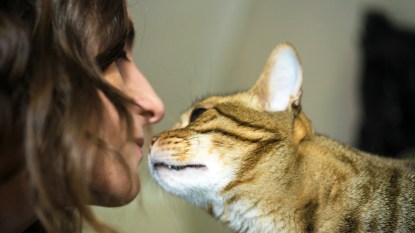Never Let Your Cat Play With Tampons (and 4 Other Dangerous Household Items)
They'll try turn anything into a toy.
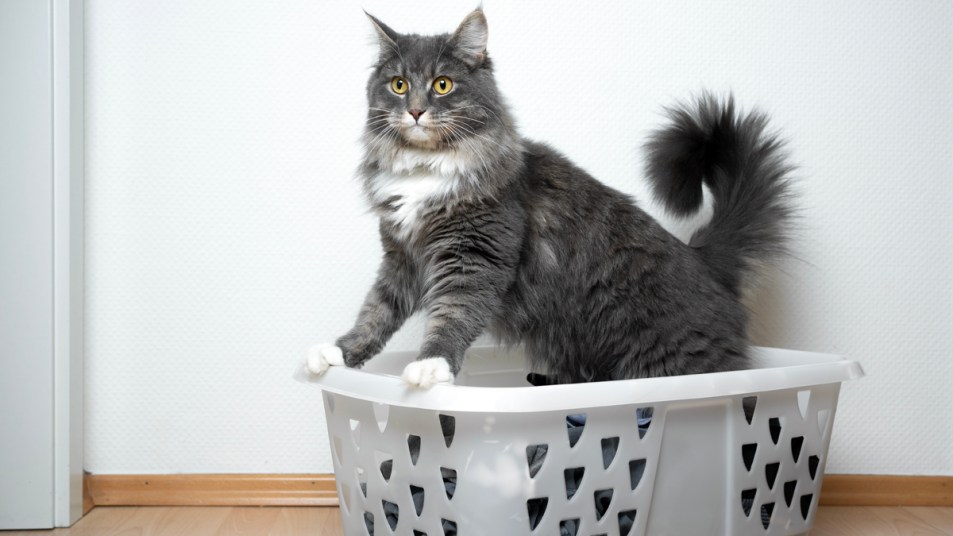
We all have a weak spot for videos of cats discovering unlikely toys. From laser pointers and cardboard boxes to the odd sock, cats can make a game out of just about anything. This makes for countless good laughs, but unfortunately, the fun is over when a cat reaches for something it shouldn’t.
No matter how many times you cat-proof your home to keep your furry friend from getting into trouble, your pet may inevitably get ahold of an object that can become very dangerous if touched or ingested. It’s important to be aware of the household items that pose the most risks, so you can ensure they are never within reach. Check out this list to make sure none of these objects that are harmful to cats can be swiped by a curious paw!
Tampons
Yes, you read that correctly! Cats love to play with small fluffy toys that remind them of small animals, especially if those toys have a string attached. Unfortunately, tampons fit that description. If your cat manages to sneak into your bathroom and pull out a tampon, the situation could quickly turn from amusing to deadly.
Tampons are made of highly-absorbent cotton, so even just a small portion of a tampon that gets ingested can potentially swell and block your feline’s bowels. There may be no way for your cat to pass the tampon, and you will need to rush to an animal hospital for immediate surgery.
Tampons wrapped individually in plastic are not necessarily safer, either, as a cat could easily rip the plastic with a claw. Keep any and all of your period supplies tightly enclosed in a container, or inside a cabinet that your pet can’t open.
Oxidized Cat Food
Oh no! You didn’t tightly close the container of dried cat food last night. But stale food isn’t all that bad, right? Actually, cat food oxidizes when exposed to air and loses its nutritional value. It will go bad with time (whether from oxidation, excess moisture, or bugs that get into it) and eventually cause your pet to get sick. What’s worse, large bags of cat food are cheaper in bulk but not that great for sealing out the elements.
To keep your cat’s dry food fresh for as long as possible (without having to buy small bags), use a pet food container designed for the task. We love the HuBee Airtight Pet Food Container With a Measuring Cup (Buy from HuBee, $43.69).
Ear Plugs
Did you know that the odor of your ear wax may actually attract your cat? This is why loose ear plugs (and Q-tips) pose such a risk. While consuming ear wax is a little stomach-turning, it isn’t necessarily bad for your cat. However, accidentally ingesting an ear plug could cause a wealth of problems.
Some cats may be able to pass an object as large as an ear plug. However, these household objects are a common cause of intestinal obstruction in felines. To reduce the risk posed to your pet, keep your earplugs tightly shut inside a case, a box, or a drawer.
Certain Household Plants
While it might be tempting to buy the first attractive houseplants you see — especially if they are a good price — you’ll need to pause and keep your furry friend in mind. Cats love to bat at houseplants, play with them, and even try to eat them. Unfortunately, many common indoor plants are toxic to pets.
Plants that are harmful to cats include lilies, which can cause liver damage even in small amounts, marijuana, which can cause vomiting, diarrhea, and drooling, and sago palm, a feather-leafed plant that can cause vomiting, depression, seizures, and liver failure.
Other plants to watch out for are tulips, azaleas, rhododendrons, oleander, castor bean, English ivy, autumn crocus, chrysanthemum, daffodils, hyacinth, and kalanchoe. Instead of having to memorize every plant that could harm your pet, try looking for pet-safe plants, such as the rattlesnake plant, the spider plant, certain succulents, or African violets. Or, do a quick check online to see whether a specific plant is toxic before you buy it.
Laundry Detergent
Laundry detergent doesn’t seem like a huge risk to pets because it has a lid. However, even if the lid is tightly shut, your cat could experience serious health issues if it ingests just a small amount that dripped down the side of the bottle.
When ingested, laundry detergent can be very harmful to cats. It can cause drooling, chemical burns in the mouth, pawing at the mouth, vomiting, lethargy, and trouble breathing. Unfortunately, the toxic amount varies from cat to cat, so it is important to call your veterinarian immediately if you suspect that your pet consumed detergent or another household cleaner. Any of the symptoms above could be reason enough to take a trip to your local pet hospital.
Fortunately, all of these dangerous situations can be prevented with extra preparation and caution around your home. With knowledge on which household objects to keep at bay, you can go back to watching your cat play with pet-safe objects in peace.
This article was updated on August 17, 2022 at 11:30 a.m. It was originally published on July 25, 2021.

